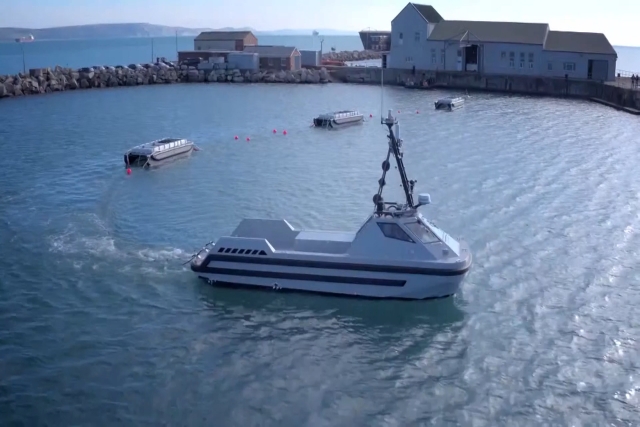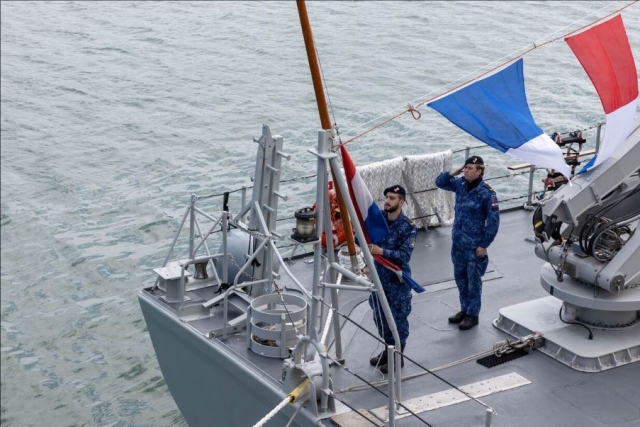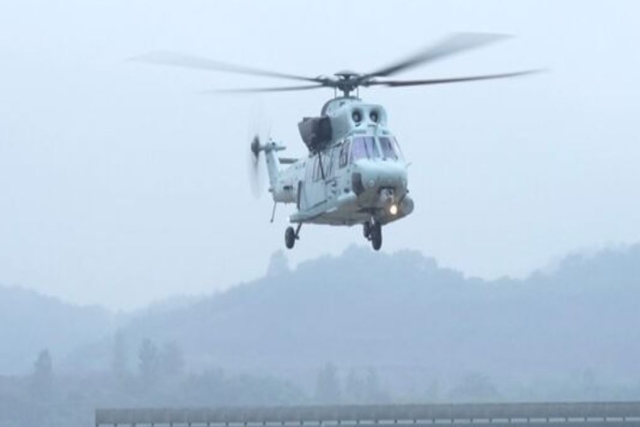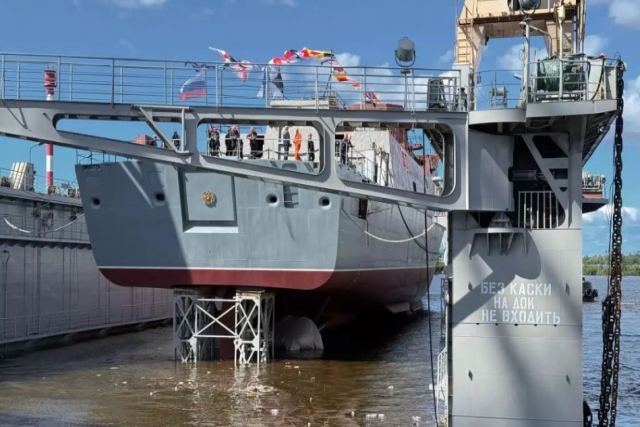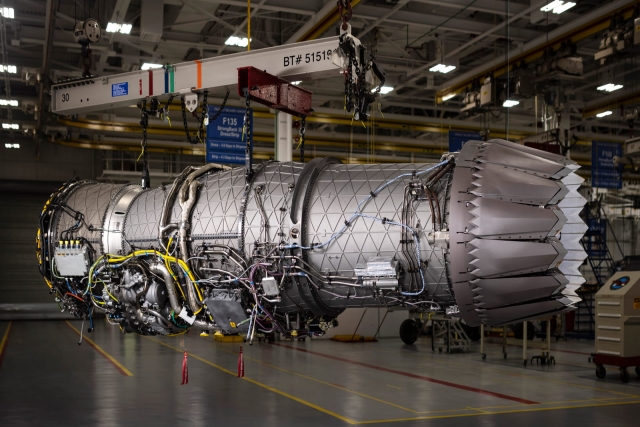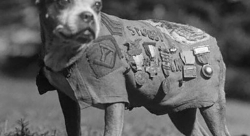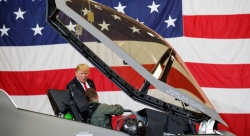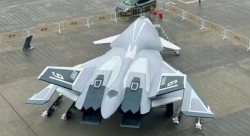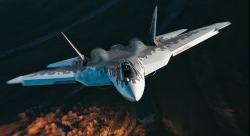Raytheon Tests Barracuda Mine Neutralization System in First Untethered Underwater Mission
Semi-autonomous Barracuda vehicle completes open-water demonstration in Narragansett Bay ahead of U.S. Navy deployment plans
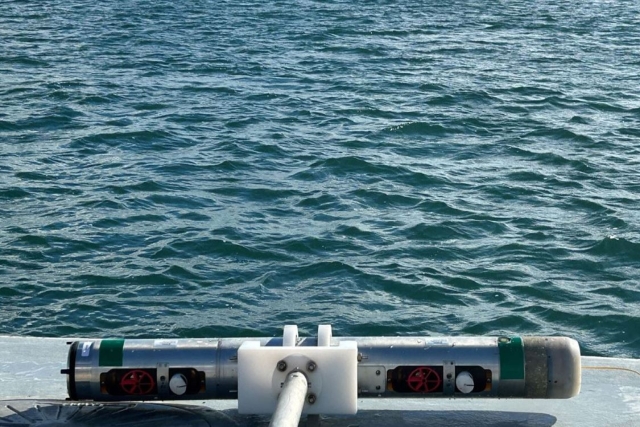
Raytheon, an RTX business, has demonstrated its Barracuda mine neutralization vehicle in an untethered, semi-autonomous operation during recent testing in open waters off Narragansett Bay on July 8.
The exercise marked the first time the Barracuda operated independently underwater, navigating, detecting, and communicating with surface systems without a physical tether. According to Raytheon, the system autonomously identified targets while allowing a man-in-the-loop to make final decisions regarding mine neutralization.
The Barracuda has been designated as the U.S. Navy's newest program of record for mine neutralization. It is the first semi-autonomous system of its kind capable of identifying bottom, volume, and near-surface mines while operating untethered. The program began under Raytheon’s Advanced Technology segment, which also develops innovations for key programs such as the Lower Tier Air and Missile Defense Sensor (LTAMDS) and SPY-6 radar systems.
Raytheon stated that the system remains on schedule to reach initial operational capability and enter low-rate production by 2030. The company is also working on larger, more advanced variants of Barracuda to support broader mission sets including subsea and seabed warfare.

